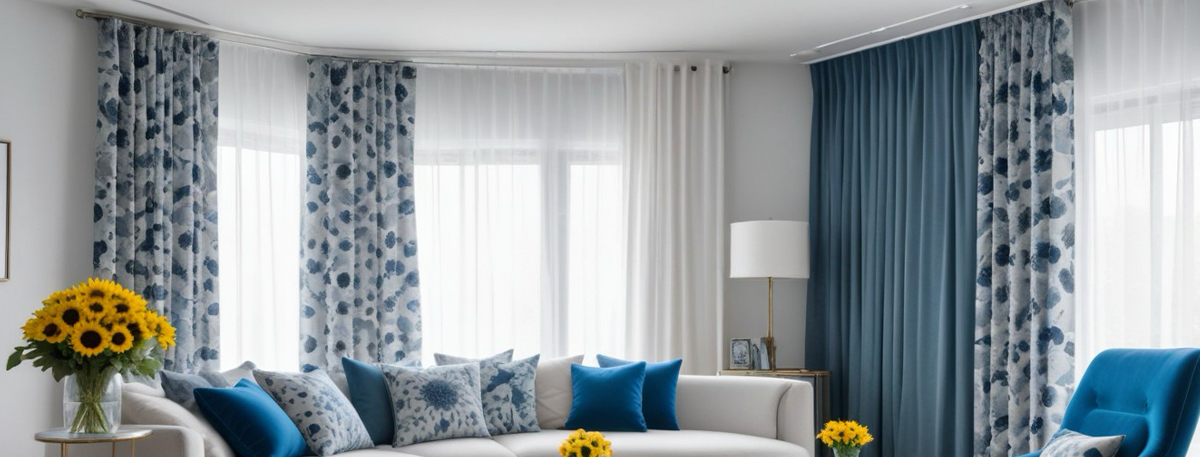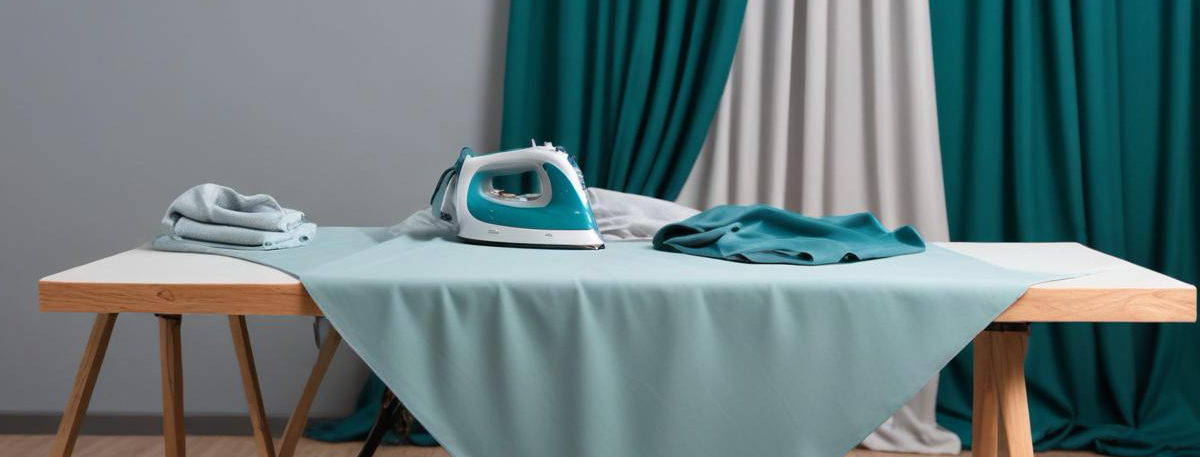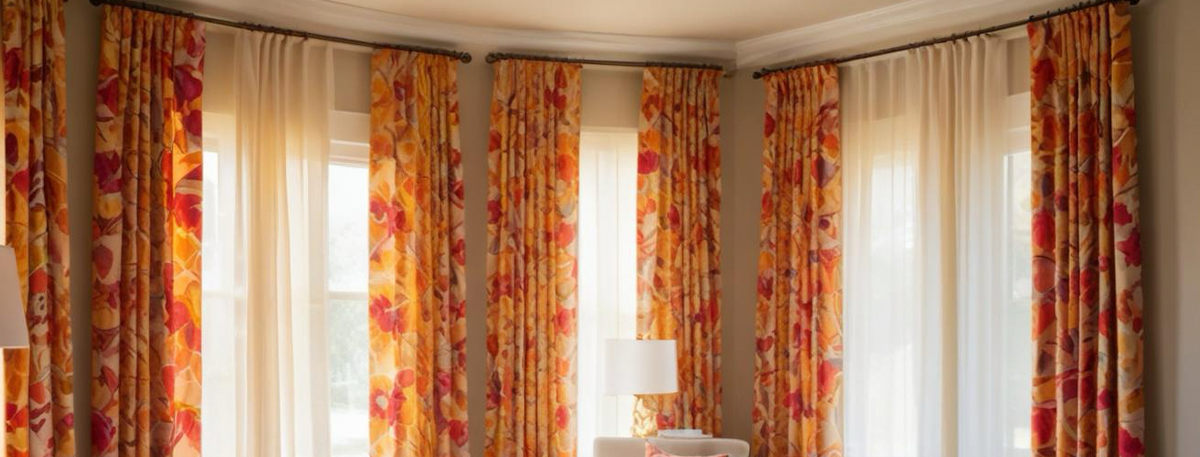

To apply design for the remaining sides of the product, please click on “Upload design” link.
Yes, it's that easy!
Happy decorating!

1

2

3

Fabric window coverings hung to provide privacy, block light, and enhance the room's aesthetics.
Although used interchangeably, curtains are casual and lightweight and drapes are heavier, lined, and formal.
Measure your window's width and length from the top till where you want the curtains to fall. For a gathered look, add extra width.
Curtain headers are available as rod pockets, grommets, tab tops, and pleated styles.
They can be used as room dividers, closet doors, or decorative elements to add texture and color to a space.
Common curtain fabrics include cotton, linen, silk, and synthetic blends. Select as per the required natural light, privacy, and decor style.
Curtains can be machine washed or dry cleaned depending on the fabric type. Follow the label instructions provided by the manufacturer.
Yes, it is a DIY-friendly task. All you need are curtain rods and basic tools, and follow the instruction manual carefully.
Considering your room's decor, choose whether you want the curtains to blend in or make a statement. Solid colors are versatile, while patterns can add interest.
Yes, they block most external light, making them ideal for bedrooms, home theatres, media rooms, etc.
Common curtain lengths include floor length, sill length, and apron length. Select the length as per your space.
Yes, but preferably choose moisture-resistant fabric for bathrooms and easy-to-clean material for kitchen.
Sheers are an elegant and lighter version of curtains. It is available in a variety of fabrics like chiffon, polyester, linen, chenille, and cotton.
A good rule of thumb is for curtains to break anywhere from a ¼” to ½” from the floor.
Cotton curtain is an ideal pick, because of its soft, breathable and durable fabric.
Linen, silk, faux silk, and velvet are some of the popularly used curtain fabrics.
Lace curtains are good for light filtering smaller windows.
Most popular are grommet, rod pocket, and pinch pleat curtains. They are easy to install and give a neat look.
Curtains contribute to the charm of any space, offering benefits like noise reduction, light control, and privacy. Choosing the right fabric is crucial to achieve the desired look and functionality. Here’s a concise guide to help you choose the ideal curtain fabric for your space, ensuring both comfort and aesthetic enhancement.
Curtains aren't just for decoration; they also provide privacy, control light, and insulate rooms. However, wrinkles can spoil their appearance and usefulness. Ironing is key to removing wrinkles and maintaining their beauty. We'll explore effective ironing techniques for different fabrics to help you keep your curtains looking at their finest.
Understanding Fabric Types
Different fabrics require different ironing methods. Let us understand them better -
Imagine entering a room and being greeted by stunning, cascading curtains that gracefully hang from ceiling to floor. Instantly, you're enveloped in a feeling of luxury and ease. Curtains possess a remarkable ability to regulate light and enhance the atmosphere and visual charm of any space.
But here's the catch. When it comes to dressing your windows, choosing between ready-made and custom curtains can be a significant decision. Let's find out the key differences between ready-made and custom curtains to help you make an informed decision.
Things To Consider While Choosing the Perfect Drape for Your Home
1. Fabric and Weight


